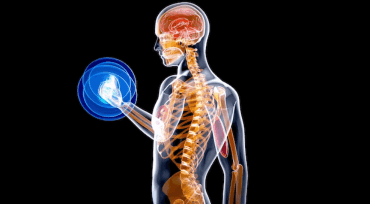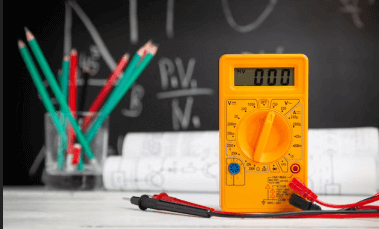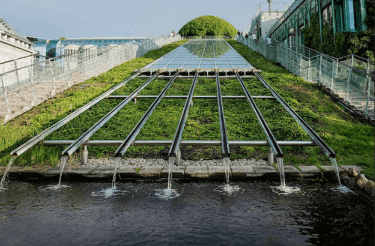Question
a.
temperature
b.
vapour pressure of either component
c.
total pressure
d.
none of these
Posted under Mass Transfer Basic Chemical Engineering
Interact with the Community - Share Your Thoughts
Uncertain About the Answer? Seek Clarification Here.
Understand the Explanation? Include it Here.
Q. Relative volatility does not change appreciably with the change in
Similar Questions
Explore Relevant Multiple Choice Questions (MCQs)
Q. Boiling point diagram is not affected by the ambient
View solution
Q. The dew point of a saturated gas phase equals the __________ temperature.
View solution
Q. A solid material shows case hardening properties while drying. Which of the following should be controlled to control the drying process ?
View solution
Q. In case of liquid-liquid binary diffusion, diffusivity of one constituent into another is not dependent on the
View solution
Q. For continuous drying of grannular or crystalline material, the dryer used is the __________ dryer.
View solution
Q. When adsorption hysteresis is observed, the desorption equilibrium pressure is __________ that obtained by adsorption.
View solution
Q. Moisture in a substance exerting an equilibrium vapour pressure less than that of pure liquid at the same temperature is called the __________ moisture.
View solution
Q. For a binary mixture with low relative volatility, continuous rectification to get pure products will require
View solution
Q. The efficiency of a plate column will be maximum, when the flow is ideal __________ the plate.
View solution
Q. The temperature to which a vapour gas mixture must be cooled (at varying humidity) to become saturated is called the __________ temperature.
View solution
Q. Entrainer used in azeotropic distillation should
View solution
Q. In case of steam distillation, the steam leaving the liquid is not completely saturated with distillate vapour, because
View solution
Q. Pick out the wrong statement.
View solution
Q. Leaching of coffee from coffee beans is done by
View solution
Q. For contacting a highly soluble gas with a liquid
View solution
Q. During drying operation, it is easier to remove the __________ moisture.
View solution
Q. With increase in solvent rate, the number of transfer units, NtoG, for a fixed degree of absorption from a fixed amount of gas
View solution
Q. Ion exchange process is similar to
View solution
Q. A distillation column with N plates is being operated under normal conditions. At some point of time, the operation is shifted to total reflux condition (i.e., no product and residue are being withdrawn and feed to the column is stopped). At the new steady state,
View solution
Q. The absorption factor is defined as (where, L = liquid flow rate, G = gas flow rate and, m = slope of the equilibrium line)
View solution
Recommended Subjects
Are you eager to expand your knowledge beyond Basic Chemical Engineering? We've handpicked a range of related categories that you might find intriguing.
Click on the categories below to discover a wealth of MCQs and enrich your understanding of various subjects. Happy exploring!








